wellness
The Spiritual Wisdom Of Letting Go
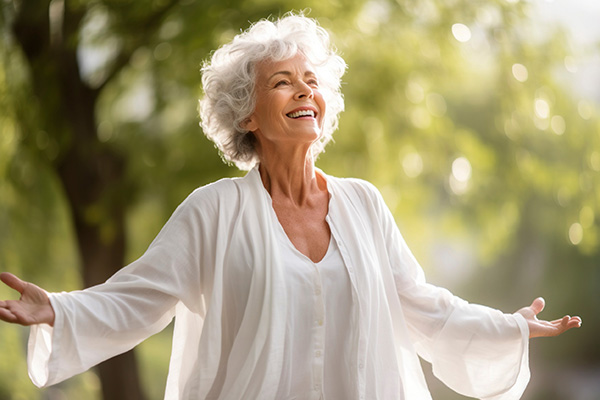 I sometimes do readings for clients who feel they have to control absolutely everything in their lives. They are rarely calm, rarely happy, always frazzled. There’s a constant tension around them, a palpable anxiety, as if they’re always one step away from a meltdown, or even a complete breakdown.
I sometimes do readings for clients who feel they have to control absolutely everything in their lives. They are rarely calm, rarely happy, always frazzled. There’s a constant tension around them, a palpable anxiety, as if they’re always one step away from a meltdown, or even a complete breakdown.
Many of us have experienced this feeling or seen it in others – the compulsion to control every outcome, every detail, believing that by sheer force of will we can make life bend to our wishes.
But here’s the thing: life has a way of moving on its own, whether we like it or not. And often, the more we try to grasp and hold on, the more things slip out of our control.
A song that often comes to mind when I think about this is the song Let It Be by the Beatles. Let it be, let it be. There will be an answer, let it be. This timeless classic is a simple yet powerful reminder of the peace that can come from stopping to resist and simply allowing things to unfold as they are meant to.
Letting go is not about giving up; it’s about trusting that life has a rhythm, a universal flow, and when we align ourselves with it, life becomes infinitely more peaceful and enjoyable.
In my work as a psychic consultant, I’ve found that those who feel the need to control every aspect of their lives often carry a heavy burden of stress. They struggle to find joy because they are too preoccupied with micromanaging every little detail. Life becomes a series of hurdles and challenges, and instead of going with the flow, they are constantly swimming against the current. It’s exhausting and soul-destroying.
The Ancient Art Of Facial Reading
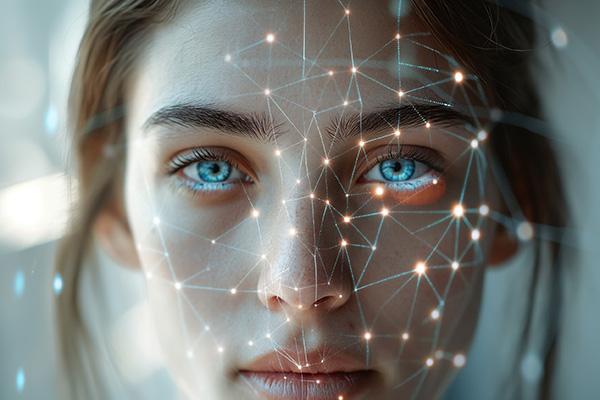 Physiognomy is an ancient belief system that the face reveals the hidden truths of the mind, body, and spirit. In many cultures, the face is seen as a reflection of the soul or inner self.
Physiognomy is an ancient belief system that the face reveals the hidden truths of the mind, body, and spirit. In many cultures, the face is seen as a reflection of the soul or inner self.
This belief that a person’s physical characteristics, such as the shape of their face, eyes, or nose, can reveal something about their inner nature has roots in various ancient cultures and has been practiced for thousands of years. In some esoteric traditions, facial characteristics are believed to also reveal past life influences and karmic imprints.
The face is more than just a reflection of our emotions; it is a map of our physical health, life experiences, and even our spiritual state. By observing our facial features and learning to interpret their subtle messages, we can gain valuable insights into our health and well-being.
One of the earliest and most detailed systems of face reading comes from Traditional Chinese Medicine (TCM). Chinese face reading, or Mian Xiang, dates back more than 3,000 years. Practitioners view the human face as a map of a person’s life, health, and destiny. They divide the face into different areas, each corresponding to different internal organs and emotional states. Facial analysis is used to diagnose imbalances in the body and mind.
Physiognomy was also practiced in ancient Greece. The philosopher Aristotle (384-322 BC) wrote about it, arguing that certain facial features could indicate personality traits and that there was a connection between a person’s appearance and their character. Greek scholars believed that external features, such as facial structure, could provide insight into a person’s moral and psychological makeup.
Tarot Forecast October 2024: Ten Of Wands
 The card this month is the Ten of Wands, which predicts the potential for life’s challenges to feel overwhelming in the weeks ahead, but this will also offer us the opportunity for personal growth through perseverance.
The card this month is the Ten of Wands, which predicts the potential for life’s challenges to feel overwhelming in the weeks ahead, but this will also offer us the opportunity for personal growth through perseverance.
When we push through difficulties, we not only build strength, but also shape our perception of success. It’s important to remember that how we view our challenges often determines whether we see them as victories or defeats.
The burdens that life places on us make us grow and know that we are resilient when things don’t go our way. Knowing that even when we see situations not working in our favor, if we see value and learning in it, we dare to stand up for ourselves and go for it anyway.
This month it may feel like we’re juggling a lot at once, but in these challenges lies the opportunity to gain wisdom and clarity. It may feel heavy, as if we have too many responsibilities or carry an emotional burden that’s hard to release.
The central image depicted on the Ten of Wands cards is a figure burdened by having to carry ten heavy wands, symbolizing an overwhelming load or heavy burden. The figure is struggling under the weight, illustrating the concept of carrying too much responsibility or facing numerous challenges. It emphasizes the physical and emotional strain that can result from over-commitment or excessive obligations.
The figure is also walking along a narrow path or road, suggesting a journey or direction. The path indicates that the stresses are part of a larger journey or goal, implying that the challenges are necessary to achieve something significant.
Tarot Forecast September 2024: Two Of Cups
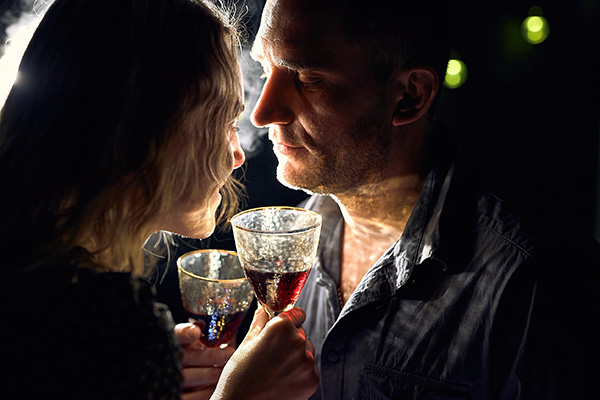 The card that came up for this month is the Two of Cups, which carries the symbolism of connection, balance, harmony, mutual affection, and partnership.
The card that came up for this month is the Two of Cups, which carries the symbolism of connection, balance, harmony, mutual affection, and partnership.
In the Rider-Waite Tarot deck, this card depicts a couple standing face to face, each holding a golden cup in one hand. They extend their cups toward each other as if in a toast or exchange, symbolizing a mutual offering of affection, love, support, or a celebration of their shared success. Their gaze is locked, indicating a deep connection and understanding between them.
Above their heads is a caduceus, the ancient symbol of healing, two serpents intertwined, representing their powerful union and the personal and spiritual healing they find with each other. At the top is a winged lion’s head, symbolizing spiritual strength and divine protection in the sacred union of their souls.
The core meaning of this card is the coming together of two individuals. This can be romantic, platonic, or business-related. The emphasis is on mutual respect, harmony, understanding, and a balanced give and take.
The cups also represent emotion. It’s a card of deep emotional intimacy, connection, and a harmonious union based on mutual respect and love. This card often signifies the beginning of a new chapter in a partnership or committed relationship, full of potential and growth.
As we enter this new month, the energy of the Two of Cups will take center stage, guiding us through various aspects of life with themes of harmony, emotional connection and mutual understanding.
The True Meaning Of Being Balanced
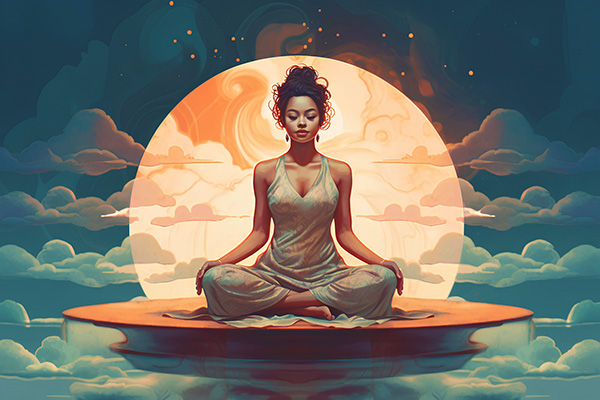 Spiritual teachers often emphasize the importance of achieving and maintaining balance as a fundamental aspect of well-being, personal growth, and spiritual development.
Spiritual teachers often emphasize the importance of achieving and maintaining balance as a fundamental aspect of well-being, personal growth, and spiritual development.
But what does it really mean? Is it about having a healthy work-life balance? Is it about a balanced diet or exercise routine? No, these are just some of the smaller elements of achieving true balance.
Balance refers to being holistically balanced in all aspects of our existence: body, mind, and spirit. Achieving and maintaining balance means creating a harmonious and integrated life in which all aspects of our being support each other, leading to overall well-being and a deeper connection with our true self.
We are more than our physical health, appearance and fitness levels. We are more than our thoughts, ideas, and knowledge. And we are more than our spiritual beliefs and practices. We are a wondrous compilation of all these things that make up our body, mind, and spirit. When any part of us is unhealthy or dysfunctional, it disrupts our alignment with our higher self. This is the true meaning of being out of balance.
Striving to be true to your higher self should always be your priority. Your higher self is the real you, the you that exists in harmony with the universe and is an expression of the divine. It is only when we are in alignment with our higher self that the world truly opens up for so much more to flow into our lives…instead of out of them.
The Mystical Healing Power Of Flowers
 If you were to walk into my garden in England, one of the first things you might notice is a beautiful hanging basket full of purple petunias. I put it there for a number of reasons, and not just to admire its beauty. No, it is where it is because of how it makes me feel.
If you were to walk into my garden in England, one of the first things you might notice is a beautiful hanging basket full of purple petunias. I put it there for a number of reasons, and not just to admire its beauty. No, it is where it is because of how it makes me feel.
The energy of flowers is metaphysically powerful and can help you achieve emotional and spiritual well-being. My purple petunias make me feel motivated and full of well-being.
Okay, this may seem like a bold statement, but flowers are truly magical in that they can help increase your productivity and overall happiness, soothe any sensitivities in your life, and motivate you at the same time. And yes, they can do this for you just by looking at them.
So, how do flowers work their magic on us? Mother Nature puts a lot of time and effort into creating beautiful flowers. In fact, a single flower can take weeks or even months to fully develop, making it the part of the plant with the highest energy vibration. When you work with such masterpieces of nature, you are indeed working with the most powerful and purest of energies.
Each flower carries its unique vibrational frequency, which interacts with our own energy fields. This interaction can lead to subtle yet profound changes in our mental, emotional and spiritual state. For example, the vibrant purple hue of petunias resonates with the crown chakra, enhancing our connection to higher consciousness and promoting a sense of peace and clarity. Similarly, the delicate structure and soothing colors of flowers like lavender can harmonize our energy, reducing stress and fostering relaxation.
The Mystical Healing Properties Of Amethyst
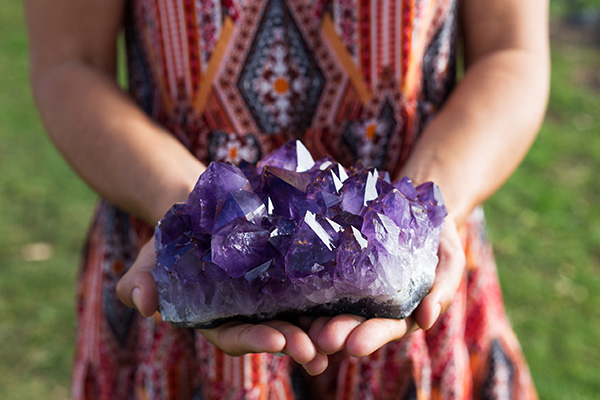 Amethyst, an enchanting purple variety of quartz crystal, is celebrated not only for its stunning beauty but also for its powerful metaphysical properties.
Amethyst, an enchanting purple variety of quartz crystal, is celebrated not only for its stunning beauty but also for its powerful metaphysical properties.
Traditionally held in high regard as a spiritual and esoteric tool, this semi-precious gemstone is revered for its potent energy and versatile healing properties.
The captivating purple crystal is associated with the third eye and crown chakras, making it a powerful aid in enhancing spiritual awareness and deepening meditative states. Its calming presence also helps to quiet the mind, promoting a sense of inner peace and emotional balance, which is essential for spiritual growth and clarity.
Amethyst is also known for its protective qualities, shielding the user from negative energies and psychic attacks while fostering a connection to higher consciousness and universal wisdom. Whether used in meditation, healing rituals, or simply carried as a talisman, the amethyst serves as a trusted companion on the journey of self-discovery and spiritual awakening.
As a psychic practitioner, I’ve always felt a deep, almost magnetic affinity for amethyst in both my personal spiritual practice and my professional psychic work. This beautiful violet crystal has a calming energy that enhances my psychic awareness and helps me achieve a sense of inner serenity for connecting with the spiritual realm.
When I hold Amethyst, I feel a heightened sense of clarity and insight, as if the veil between the physical and spiritual worlds is gently lifted. Its calming energy helps me stay centered during readings, allowing me to channel messages with greater precision and compassion.